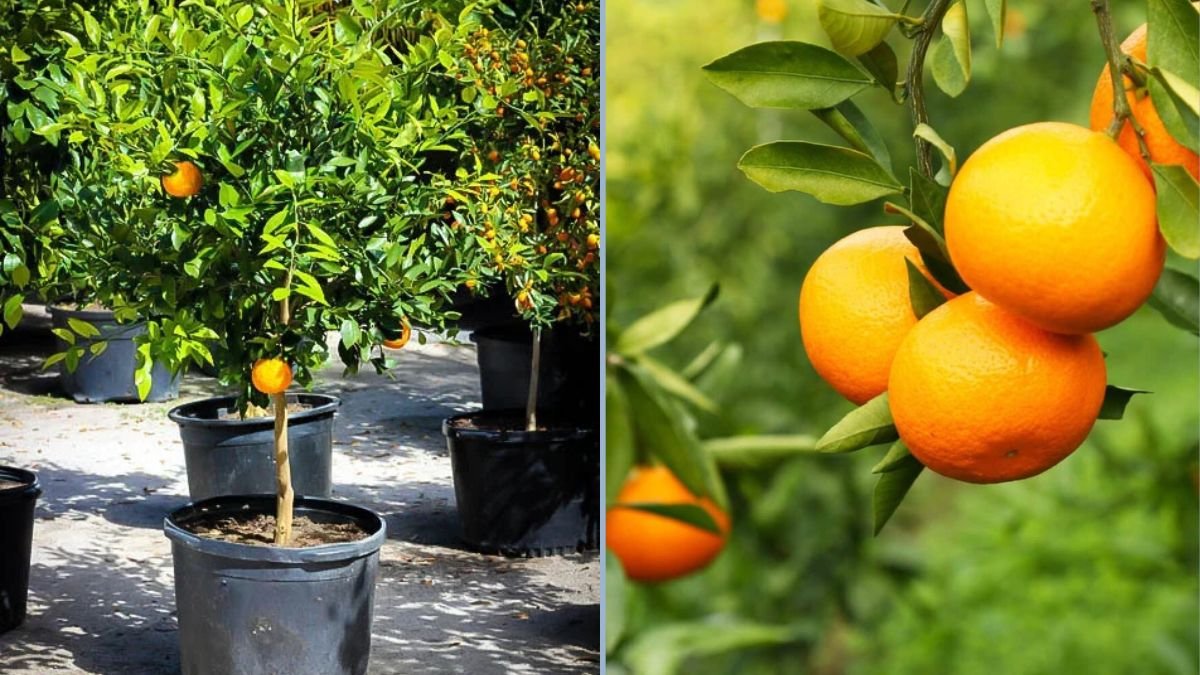Citrus lovers know that nothing compares to the sweet, juicy flavor of homegrown mandarins. Among the most popular and sought-after varieties are the Ponkan and Mikan (Satsuma mandarin), originally cultivated in Japan and now cherished worldwide. These mandarin varieties are known for their easy peeling skin, sweet-tart flavor, and prolific fruit production.
If you’re considering planting Ponkan or Mikan mandarin trees, this guide will provide you with practical tips on planting, care, and harvesting, ensuring your citrus garden thrives and produces abundant fruit.
Why Grow Ponkan and Mikan Mandarins?
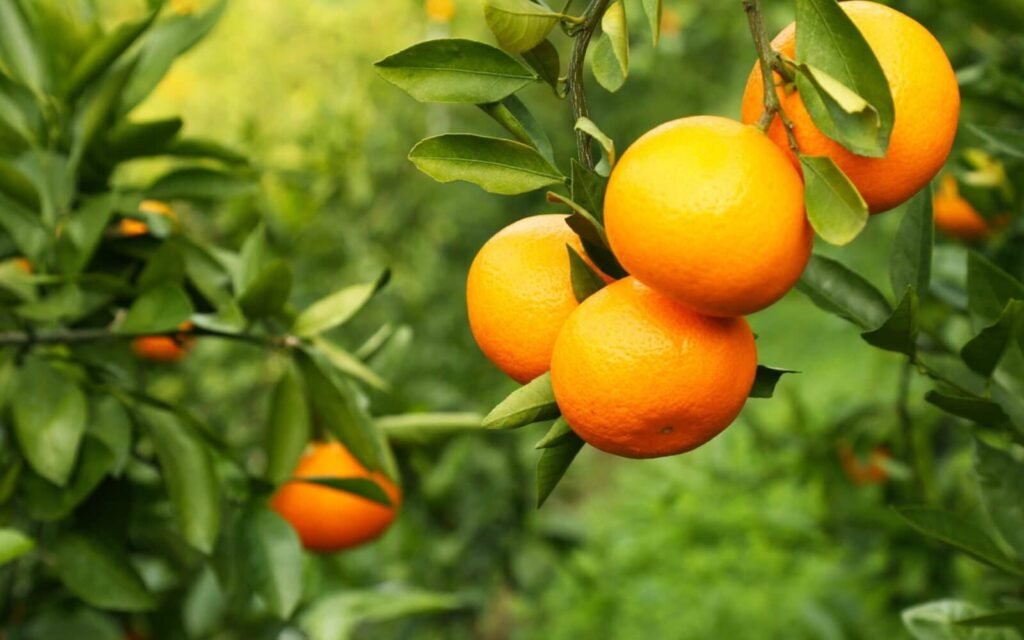
Both Ponkan and Mikan mandarin varieties have unique qualities that make them excellent choices for home growers:
- Sweet, Juicy Flavor: Ponkan oranges are rich and sweet, while Mikan (Satsuma mandarins) offer a mild, tangy taste.
- Easy to Peel: Both varieties have thin, loose skins, making them perfect for snacking and children-friendly.
- Seedless Options: Many cultivars are naturally seedless, providing convenience for fresh eating.
- Cold Tolerance: Satsuma mandarins, in particular, tolerate cooler temperatures better than many citrus varieties, making them suitable for temperate climates.
- High Yield: With proper care, both trees produce bountiful harvests, rewarding gardeners year after year.
- Ornamental Appeal: Glossy green leaves, fragrant blossoms, and bright fruit make these trees aesthetic additions to any garden.
Understanding Ponkan and Mikan (Satsuma Mandarin) Varieties
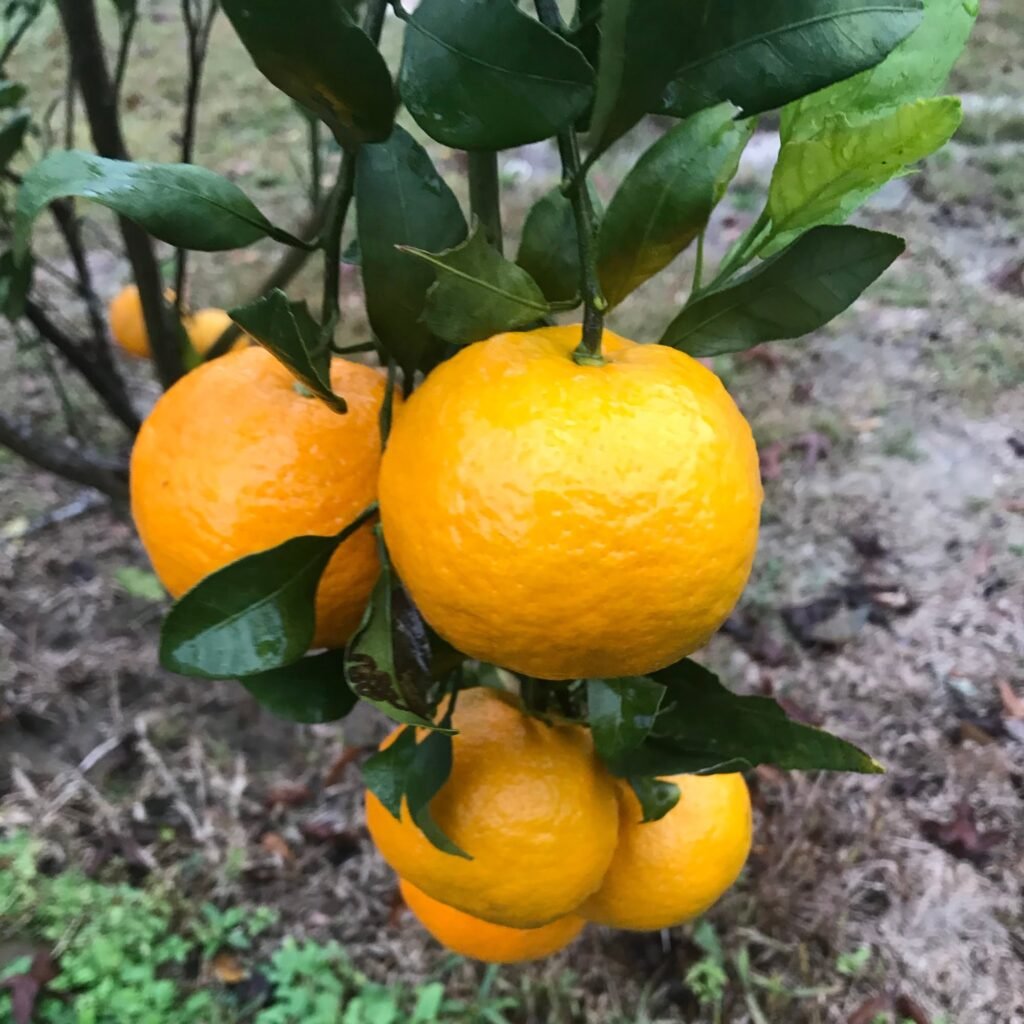
Ponkan
- Origin: China, later popularized in Japan.
- Size: Medium to large fruits, typically 2–3 inches in diameter.
- Flavor: Sweet, juicy, and aromatic.
- Skin: Smooth, thin, and easy to peel.
- Tree Habit: Semi-dwarf, upright canopy, suitable for small orchards or backyard gardens.
Mikan (Satsuma Mandarin)
- Origin: Japan, widely grown in Kagoshima and Wakayama regions.
- Size: Small to medium fruits, around 2 inches in diameter.
- Flavor: Mild, sweet-tart, and aromatic.
- Skin: Loose, thin, and very easy to peel.
- Tree Habit: Compact, cold-tolerant, and ideal for container planting or smaller spaces.
Both varieties produce delicious fruit with unique Japanese characteristics, making them favorites for fresh eating and gifting.
Selecting the Right Tree
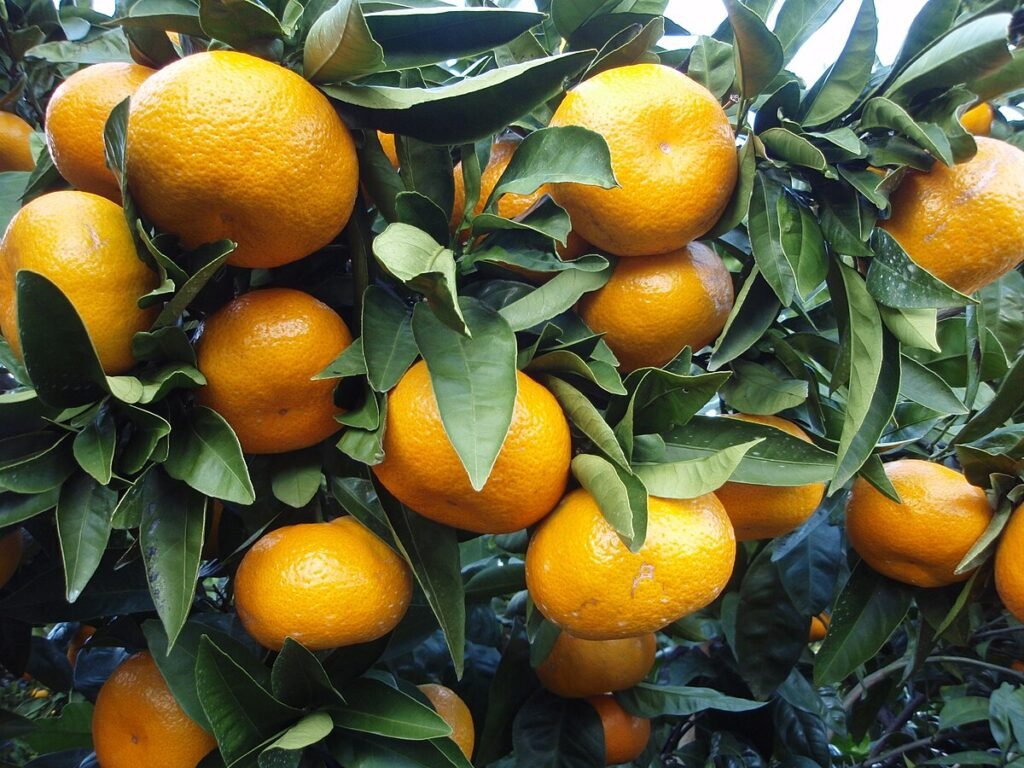
Starting with a healthy tree ensures success:
- Source: Purchase from a reputable nursery to guarantee disease-free and true-to-type trees.
- Rootstock Choice: For backyard planting, dwarf rootstocks are ideal; they limit tree size and allow container growing.
- Inspect the Tree: Look for healthy green leaves, firm stems, and a strong root system. Avoid trees with yellowing leaves or visible pests.
- Consider Climate: Satsuma mandarins are more cold-tolerant, making them suitable for temperate regions, while Ponkan thrives in warmer areas.
Preparing the Planting Site

Citrus trees need a sunny, well-draining location to thrive:
- Sunlight: At least 6–8 hours of direct sunlight per day.
- Soil: Well-draining, loamy soil with a slightly acidic to neutral pH (6.0–7.0).
- Protection: Shelter from strong winds, frost pockets, or areas prone to waterlogging.
Planting Ponkan and Mikan Trees
Step-by-Step Guide
- Dig a Hole: Make the hole twice as wide as the root ball to allow roots to expand.
- Amend the Soil: Mix native soil with compost or organic matter for better fertility and drainage.
- Place the Tree: Position the tree upright, ensuring the graft union is above soil level.
- Backfill: Fill the hole gently, firm the soil, and water thoroughly.
- Mulching: Apply 2–3 inches of mulch around the base to conserve moisture and reduce weeds, keeping it away from the trunk.
For container planting, use a large pot with proper drainage and high-quality citrus soil, allowing you to move the tree indoors during cold snaps.
Caring for Your Mandarin Trees
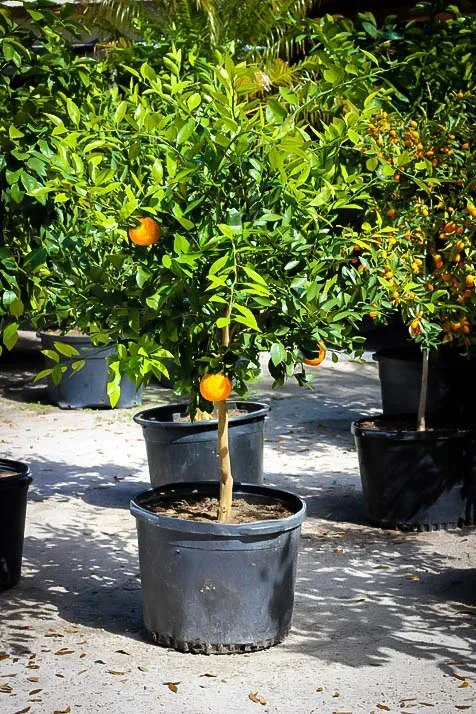
Proper care is key to healthy growth and high fruit yields.
1. Watering
- Young trees require regular deep watering to establish roots.
- Mature trees are drought-tolerant but produce better fruit with consistent moisture.
- Avoid waterlogging, which can lead to root rot.
2. Fertilization
- Use a citrus-specific fertilizer rich in nitrogen, phosphorus, and potassium.
- Fertilize 3–4 times per year, adjusting for container-grown trees.
- Add micronutrients such as magnesium, iron, and zinc to support leaf and fruit development.
3. Sunlight
- Full sun is crucial for flowering, fruit set, and sweetness.
- Ensure at least 6 hours of direct sunlight per day.
4. Pruning
- Remove dead, damaged, or crossing branches to improve airflow and reduce disease.
- Minimal pruning is needed for fruiting; light shaping after harvest maintains tree aesthetics.
Flowering and Fruit Development
Ponkan and Mikan trees produce fragrant white blossoms in spring:
- Pollination: Mostly self-pollinating, but bee activity improves fruit set.
- Fruit Growth: Fruits develop gradually over several months, with Ponkan typically maturing in late winter to early spring, and Mikan ready in fall to early winter.
- Fruit Size and Quality: Proper care results in plump, juicy, and aromatic fruit.
Adequate watering and fertilization during flowering ensure optimal fruit development.
Pest and Disease Management
Citrus trees can be affected by pests and diseases, but regular care minimizes problems:
Common Pests
- Aphids: Feed on sap; treat with insecticidal soap or natural predators.
- Scale Insects: Can weaken the tree; remove manually or use horticultural oil.
- Spider Mites: Cause leaf stippling; manage with water sprays or miticides.
Common Diseases
- Citrus Canker: Causes lesions on leaves and fruit; remove affected areas.
- Citrus Greening (HLB): A serious bacterial disease; ensure disease-free nursery stock.
- Root Rot: Results from waterlogged soil; ensure proper drainage.
Monitoring and early intervention are essential for healthy trees and abundant harvests.
Harvesting Ponkan and Mikan Mandarins
Signs of Ripeness
- Color: Bright, uniform orange skin.
- Firmness: Slightly firm but yields to gentle pressure.
- Ease of Picking: Fruits detach easily with a twist.
- Taste Test: Ready-to-harvest fruits are sweet, juicy, and aromatic.
Unlike some fruits, mandarins do not continue to ripen significantly after picking, so timing is crucial.
Enjoying Your Harvest
Ponkan and Mikan mandarins are versatile and delicious:
- Fresh Snacking: Peel and enjoy directly from the tree.
- Juicing: Sweet, flavorful juice perfect for breakfast.
- Cooking and Baking: Add segments to salads, desserts, or savory dishes.
- Gifting: Homegrown mandarins make thoughtful seasonal gifts.
Their sweet flavor and easy-peel skin make them a favorite for family and friends.
Tips for a Successful Mandarin Garden
- Start with Healthy Trees: Ensure disease-free nursery stock.
- Provide Full Sun: Critical for flowering, fruiting, and sweetness.
- Consistent Watering: Avoid stress to enhance fruit size and flavor.
- Fertilize Regularly: Balanced nutrition promotes healthy growth.
- Prune Lightly: Maintain shape and airflow without reducing fruiting.
- Monitor for Pests and Disease: Early detection prevents major damage.
- Consider Container Growing: Ideal for small spaces or frost-prone areas.
Following these steps ensures your Ponkan and Mikan mandarin trees thrive and produce abundant fruit.
Conclusion
Planting Ponkan and Mikan (Satsuma mandarin) trees offers home gardeners a delightful combination of sweet flavor, easy peeling, and ornamental appeal. With proper planting, consistent care, and attention to pests and disease, these Japanese citrus varieties can produce abundant, juicy fruit that enhances your kitchen and garden.
Whether you’re growing them in the ground or in containers, Ponkan and Mikan mandarins provide a rewarding gardening experience. From fragrant blossoms to vibrant orange fruit, these trees add both beauty and flavor to your outdoor space. By cultivating them thoughtfully, you can enjoy fresh, homegrown mandarins season after season, bringing a taste of Japan to your garden.
